Canton Fair Signals Strategic Shift Toward Emerging Markets as Global Trade Landscape Fractures
As protectionist sentiment resurfaces across major economies, China is recalibrating its trade strategy—not with retreat, but with redirection. The 137th China Import and Export Fair, or Canton Fair, which concluded on May 5 in Guangzhou, marked more than just a record-setting turnout; it revealed a clear pivot toward emerging markets and new trade corridors.
A Record Year, But the Message Lies in the Metrics
This year's fair attracted 288,938 overseas buyers from 219 countries and regions—up 17.3% from the 135th session—marking an all-time high. Notably, 64.9% of the buyers hailed from Belt and Road (BRI) partner countries, according to official data from China Media Group (CMG). That represents a 17.4% year-on-year increase, reinforcing the event's evolution from a broad trade expo into a targeted mechanism for regional diversification.
Strategic Refocus: From Traditional Partners to Growth Frontiers
The shift toward Belt and Road economies, RCEP members, Latin America, and the Middle East isn't accidental. “These markets are increasingly viewed as new growth points for China's foreign trade,” said Song Ding, a research fellow at the China Development Institute. He emphasized that this is “not a reactive retreat, but a proactive step” to build more diversified and resilient trade pathways.
This year's event showcased 4.55 million exhibits—including 1.02 million new products and over 880,000 green and low-carbon items—positioning China's industrial base as increasingly tech-forward and aligned with global sustainability goals. More than 527,000 online buyers from 229 regions also engaged digitally, highlighting the hybrid model's growing relevance in post-pandemic trade dynamics.

Technology and Innovation Take Center Stage
A new highlight of the fair—the inaugural Service Robotics Zone—featured over 500 robots from 46 Chinese companies, covering 60 industrial applications. From automated logistics to healthcare robotics, these developments reflect a broader ambition to climb the global value chain and signal China's manufacturing upgrade strategy in action.
What It Means for International Stakeholders
For banks, export credit insurers, and multinationals operating in or sourcing from Asia, the message is clear: China is deepening ties with alternative growth poles as traditional Western demand plateaus and geopolitical friction rises. The Canton Fair—often referred to as the "barometer of China's foreign trade"—is now serving as a bridgehead for entering new markets where trade diplomacy and infrastructure initiatives are intertwined.
Looking Ahead: The 138th Edition and Beyond
The autumn session, slated from October 15 to November 4, will continue this momentum. Organizers are planning global roadshows targeting the world's top 250 retail chains and leading sectoral buyers. These efforts aim to facilitate cross-border dealmaking, especially in markets with high latent demand but previously limited exposure to Chinese industrial capabilities.
According to Song Ding, this reorientation is also about strengthening systemic resilience. “In the long run, it contributes to a more balanced and robust global trade structure,” he noted, especially as traditional trade corridors face strain from tariffs, decoupling pressures, and logistical fragmentation.









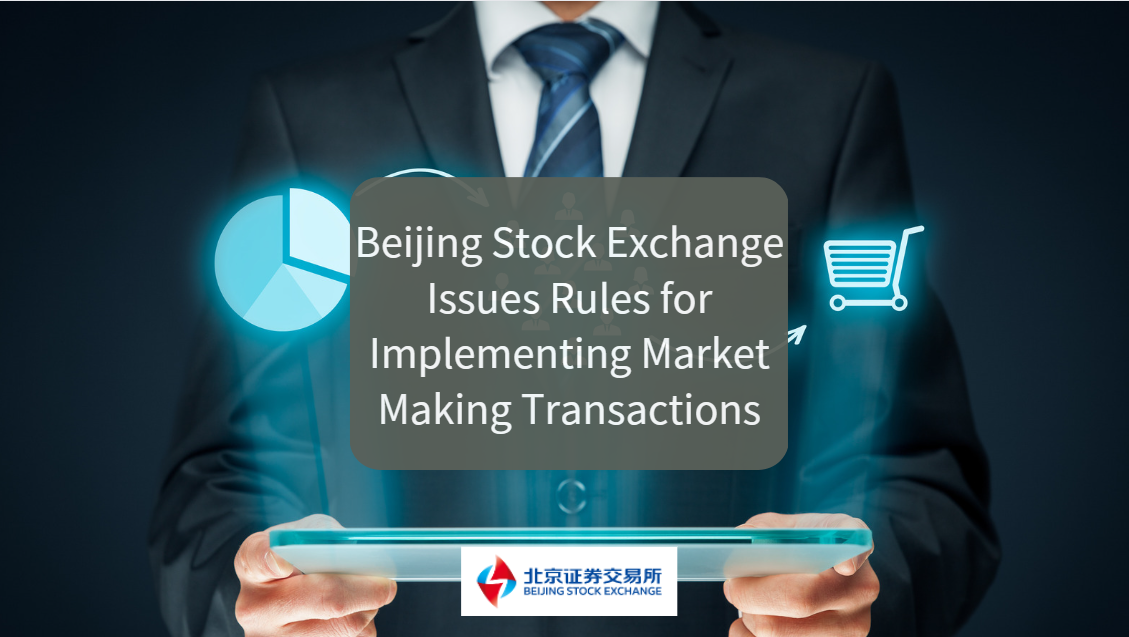

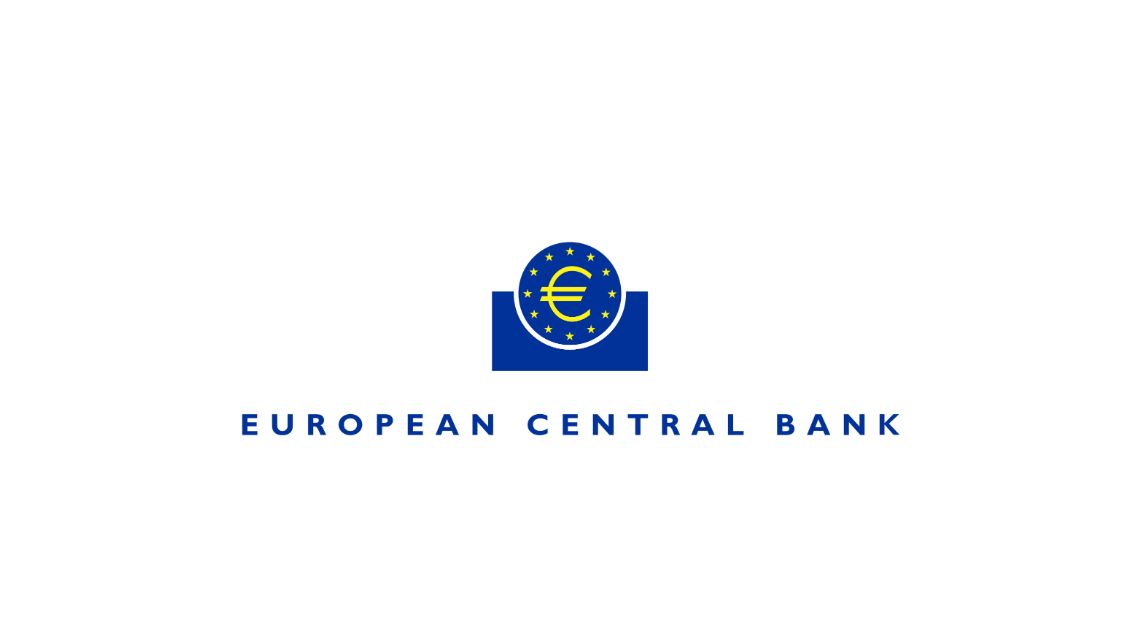
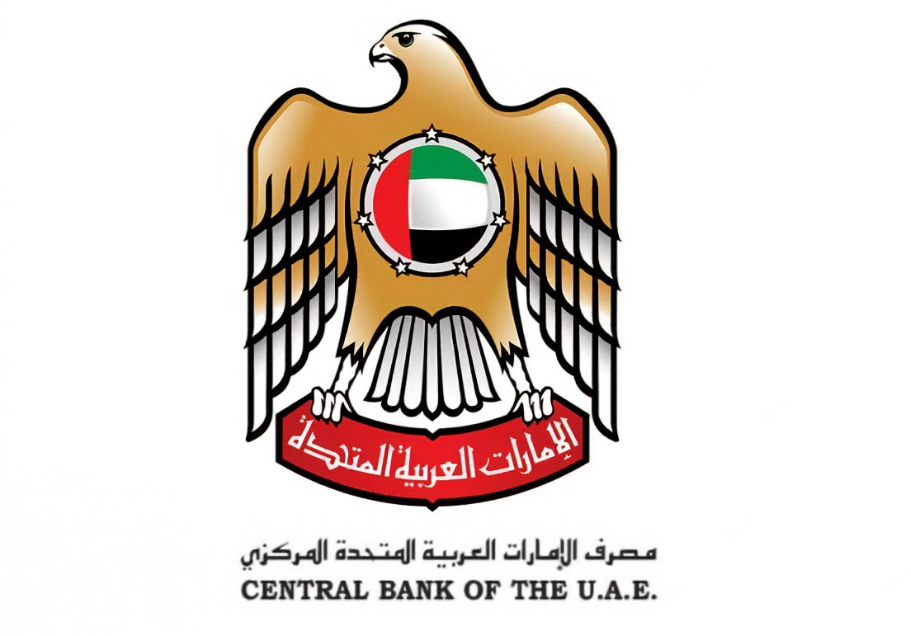





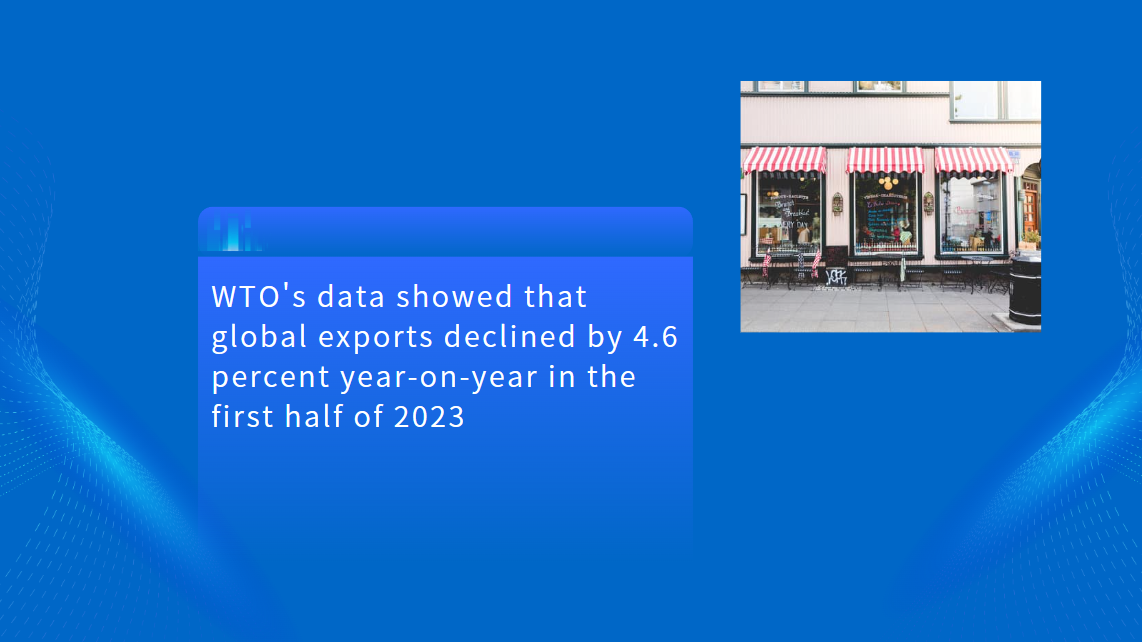
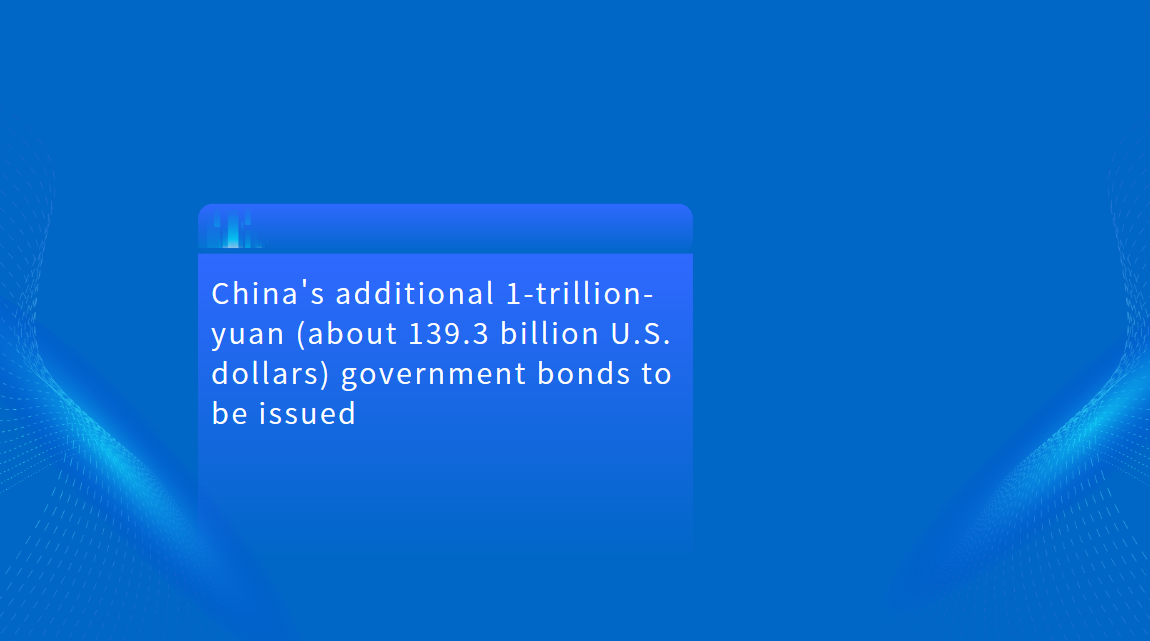



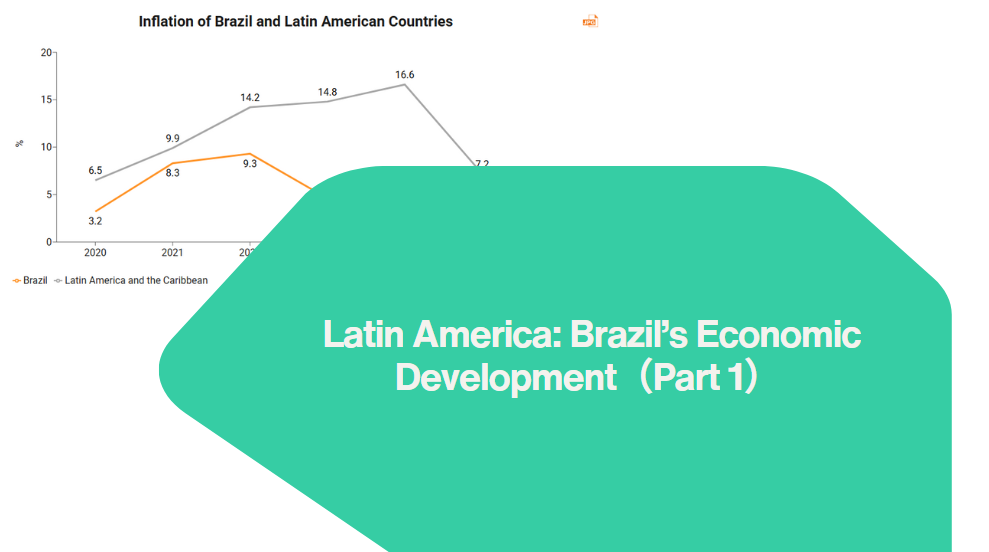

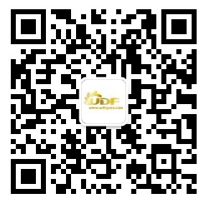

























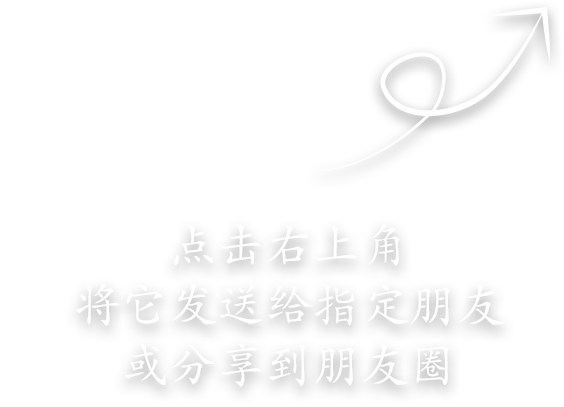
First, please LoginComment After ~